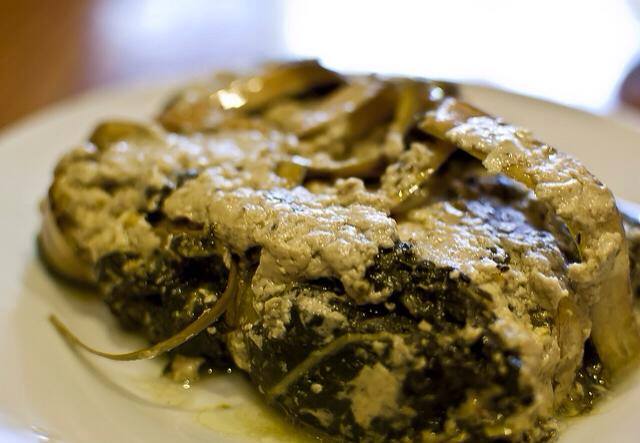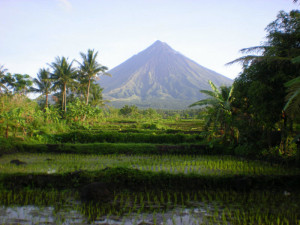I’ve got a trip to the Philippines coming up and I’ve started to think about what to pack. The Philippines has basically two seasons: dry (March to May) and rainy (June to November). There’s ostensibly a “cold season” (December to February), but temps are well into the 80s-90s and humidity is around 70%, so who are we kidding?
For me there is only one season that matters the most: bug season. And it’s all year round! Mosquitoes, black flies, no-see ums, devour me. If I’m in a room of 50 people and there’s one mosquito, it will find me like a heat seeking missile. During one trip years ago, my leg was so chewed up the bites had merged into one gigantic itchy welt. I recall whimpering, a lot.
Besides the usual passport, money and camera, insect repellant is my tropical must-have. Many swear by Deet-based sprays. After some of the toxic liquid spilled in my backpack and melted the inner plastic liner, I swore off the stuff. Imagine what it does to your flesh! I now use only citronella oil-based sprays and my secret anti-bite weapon: coverage. I wear long, lightweight pants and no shorts. The less juicy, exposed flesh, the less temptation for those wretched bugs.
Throughout my years of going to faraway places, I’ve picked up some tips. Here are a few that will help make your journey easier:
Forgo checked luggage and take carry-on whenever you can
Bringing only a carry-on bag forces you to travel light. I follow designer Diane von Furstenberg’s packing rule: if you don’t plan on wearing an item more than three times, leave it at home. With just a carry-on, you can waltz off the plane and avoid the slog at the baggage carousel. And you never have to worry about the airline losing your stuff.
Learn your hellos, please and thank you’s
Knowing these few phrases in the language of your destination will go a long way. Before a trip to Korea, I watched YouTube videos to learn them. Proper Korean pronunciation is super hard, so I had to practice a lot.
Speaking these phrases, shows your hosts and people you interact with that you respect their culture and made the effort to learn about it. In turn, you get positive interactions and better service. This is especially true in France. Entering a shop without saying hello to the owner or sales associate will peg YOU as rude, and not worthy of civility in return.
Alert your bank
Let your credit card company and bank, if you plan on using your ATM card to withdraw money, know when and where you’ll be traveling. Being unable to withdraw money is heart stopping, so contact them before you go. Otherwise you might get stuck without cash.
Bring a copy of your passport
If it’s lost or stolen—mine was, long story—a copy will come in handy at the U.S. Embassy. I usually keep the passport in a safe place where I’m staying and roam about with the copy.
Enjoy the moment
After all the preparation—I admittedly do a lot of research: what to do, where to go, what to eat—let the now unfurl. It’s the unexpected moments that make traveling such an excellent adventure.
Do you have some travel essentials? Please share!



